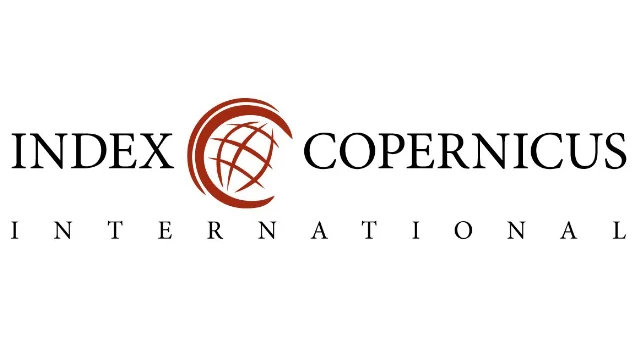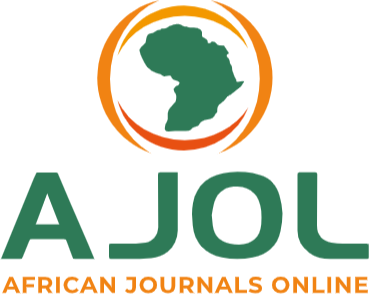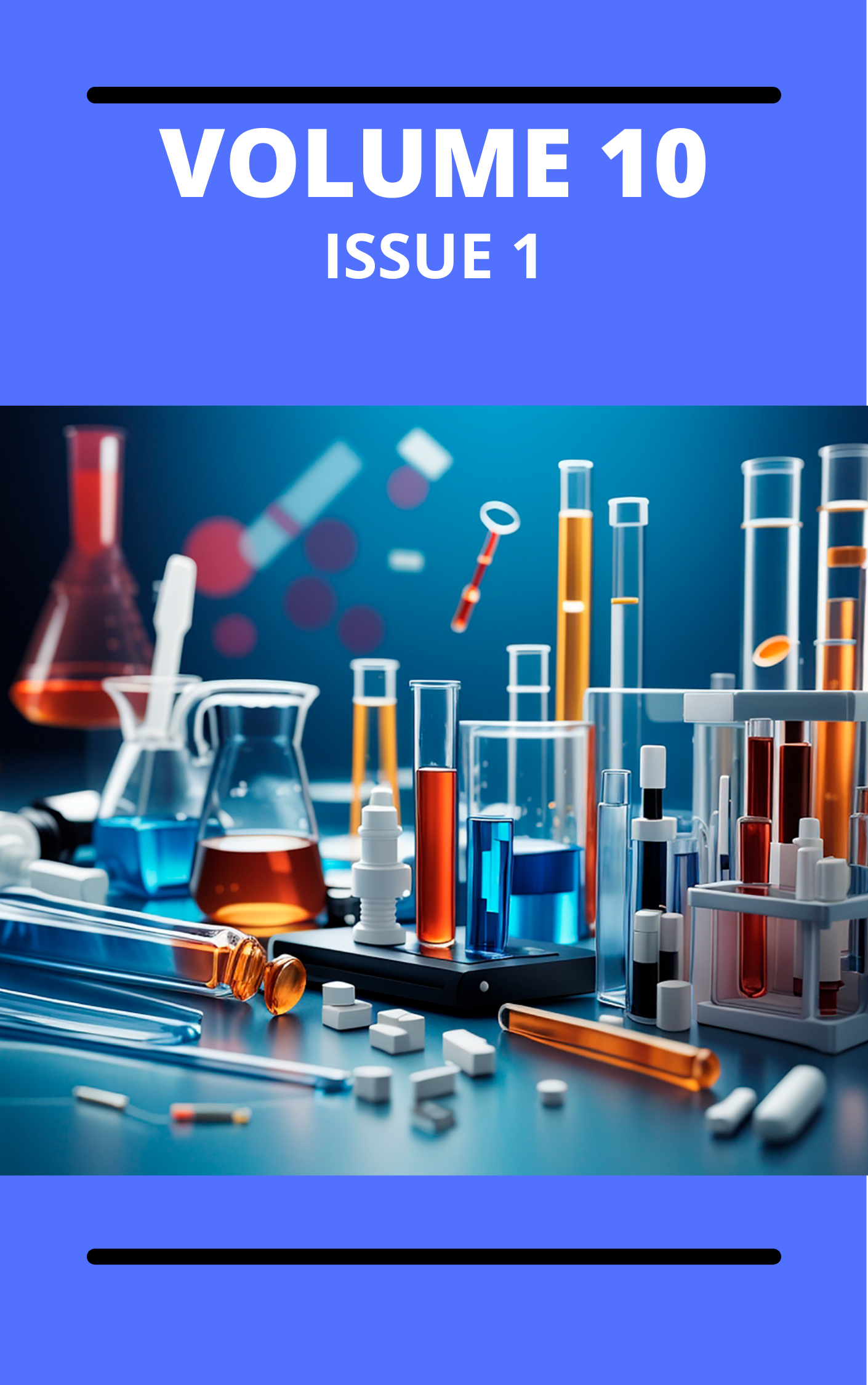Heteroatom-Doped Carbon Allotropes in Corrosion Protection
Keywords:
Heteroatom-doped carbon allotropes, corrosion protection, Nitrogen-doped grapheneAbstract
Heteroatom-doped carbon allotropes, characterized by the incorporation of non-carbon elements into their structures, have emerged as promising candidates for advanced corrosion protection. This explores the significance of heteroatom-doped carbon allotropes, such as nitrogen-doped graphene in revolutionizing corrosion inhibition techniques. These materials exhibit enhanced catalytic activity, improved barrier properties, and tailored surface reactivity, making them invaluable for inhibiting corrosive processes which is a ubiquitous challenge in materials science, and demands innovative strategies for effective protection. This article focuses on the mechanisms through which heteroatom-doped carbon allotropes provide corrosion protection, including barrier protection and cathodic protection, elucidating their fundamental role in hindering the corrosion process and also highlighting their applications in diverse industries, emphasizing their pivotal role in ensuring the durability and longevity of materials exposed to corrosive environments. The challenges and future prospects associated with these materials are also discussed, underscoring their potential to redefine the landscape of corrosion protection technologies.
Downloads
Published
Issue
Section
Most read articles by the same author(s)
- Ajike Eziyi Emea, Lebe Agwu Nnanna, Orji Obinwa, Elizabeth Chinyere Nwaokorongwu, Investigation of the inhibitive Properties of Irvingia gabonensisExtractan for the Corrosion of Aluminum Alloy (aa4007) in 1 m HCl , Communication In Physical Sciences: Vol. 9 No. 3 (2023): VOLUME 9 ISSUE 3
Similar Articles
- A. O. Aliyu, F. E. Awe, M. D. Faruruwa, T. E. Abawua, Synthesis of Some Schiff Bases and Investigation of their Corrosion Inhibition Efficiencies for Aluminum in Acidic Media , Communication In Physical Sciences: Vol. 8 No. 1 (2022): VOLUME 8 ISSUE 1
- Okoche Kelvin Amadi, Onyinyechi Uloma Akoh, Godson Chukwudi Eric, Adsorption Studies on the Inhibitive Properties of Aqueous Extracts of Theobroma cacao (TC) Leaves on Mild Steel in 1.0 M HCl , Communication In Physical Sciences: Vol. 9 No. 3 (2023): VOLUME 9 ISSUE 3
- S. A. Odoemelam, Inhibition of Corrosion of Mild Steel in Hydrochloric Acid Solution by two Schiff Bases Derived from Benheric and Linoleic Acids , Communication In Physical Sciences: Vol. 4 No. 2 (2019): VOLUME 4 ISSUE 2
- Richard Alexis Ukpe, Joint effect of halides and Ethanol Extract of Sorghum on the Inhibition of the Corrosion of Aluminum in HCl , Communication In Physical Sciences: Vol. 4 No. 2 (2019): VOLUME 4 ISSUE 2
- Richard Alexis Ukpe, Joint Effect of Ethanol Extract of Orange Peel and halides on the Inhibition of the Corrosion of Aluminum in 0.1 M HCl: An approach to Resource Recovery , Communication In Physical Sciences: Vol. 4 No. 1 (2019): VOLUME 4 ISSUE 1
- Naziru Imam, Isreal I. Omoniyi, Paul Ameh, Study of the Functional Groups Associated with the Corrosion Inhibition of Stainless Steel Arch Bar in Acidic Medium by Khaya Grandifolia Gum Exudate , Communication In Physical Sciences: Vol. 7 No. 4 (2021): VOLUME 7 ISSUE 4
- Nathaniel Atamas Bahago, Gideon Wyasu, Sorption Studies of Methylene Blue Using Activated Carbon Produced from Rice Husk , Communication In Physical Sciences: Vol. 3 No. 1 (2018): VOLUME 3 ISSUE 1
- Gideon Wyasu, Production of Activated carbon derived from Banana peel for the removal of Cd2+ and Cr6+ in Brewery wastewater , Communication In Physical Sciences: Vol. 3 No. 1 (2018): VOLUME 3 ISSUE 1
- S. Chitra, Adsorption studies on the inhibition of the corrosion of mild steel in 2 M NaCl by tetracycline and neomycin trisulphate drugs , Communication In Physical Sciences: Vol. 5 No. 1 (2020): VOLUME 5 ISSUE 1
- Ajike Eziyi Emea, Lebe Agwu Nnanna, Orji Obinwa, Elizabeth Chinyere Nwaokorongwu, Investigation of the inhibitive Properties of Irvingia gabonensisExtractan for the Corrosion of Aluminum Alloy (aa4007) in 1 m HCl , Communication In Physical Sciences: Vol. 9 No. 3 (2023): VOLUME 9 ISSUE 3
You may also start an advanced similarity search for this article.




